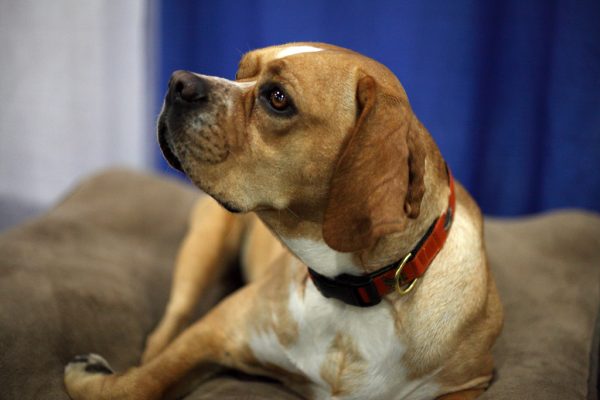
The myriad of books and literature we review don’t just provide us with material for posts, they offer a snapshot of how the rest of world sees purebred dogs in general, and breeds in particular. The writers of this material are the threads of a tapestry rich with opinions, and if we’re lucky, a robust way of expressing them.
We were compelled to investigate the hunting style of the Portuguese Pointer, or Perdigueiro Português on the strength of the following description we found in a book written by Gino Pugnetti: Under “uses” for this breed, Mr. Pugnetti wrote, “It has a model, even theatrical point.”
The Portuguese Pointer is important beyond the aforementioned characterization. This hard-hunting gundog played a significant part in the development of the modern pointer not just in ability, but in conformation. Even a cursory glance at its headpiece instantly reveals where the English Pointer got his characteristic profile. As for its work ethic, the breed is a soft mouthed, quick moving, natural backer whose pointing posture is classically continental: Head and tail level with the back, or slightly elevated. The dogs exhibit strong pointing and retrieving instincts at an early age, and grow into adults who hunt at a medium gallop breaking occasionally into a fast trot. Local hunters love this breed for its performance in hot, arid regions. One of our favorite authors, Craig Koshyk, most noticed about the dogs when seeing them for the first time were their eyes. In his book, Pointing Dogs: the Continentals, Koshyk describes them as almost human like in expression. A dark pigment around the eyes of several of the dogs make some of the dogs look as if they’re wearing eyeliner.
We, however, remained curious about that “model, even theatrical point,” and went to YouTube to try our luck at finding a Portuguese Pointer in action. We found the five minute clip below, what do you think?
Image: A Portuguese Pointer from the “2010 AKC Meet the Breeds” by ccho is licensed under a Creative Commons license CC BY-NC-ND 2.0
